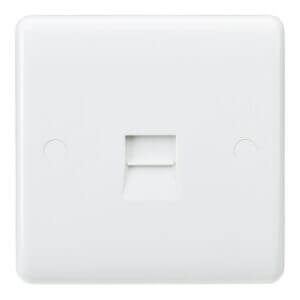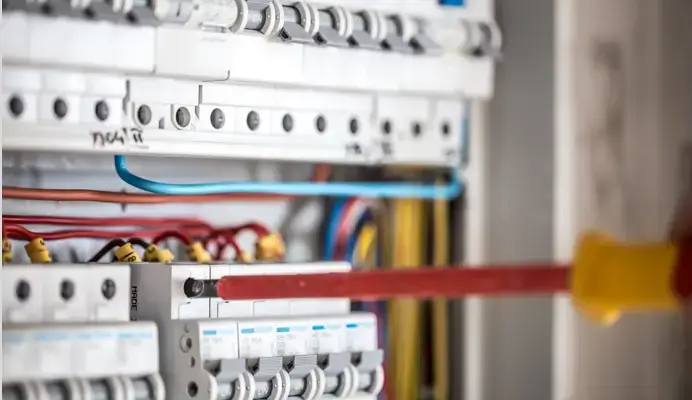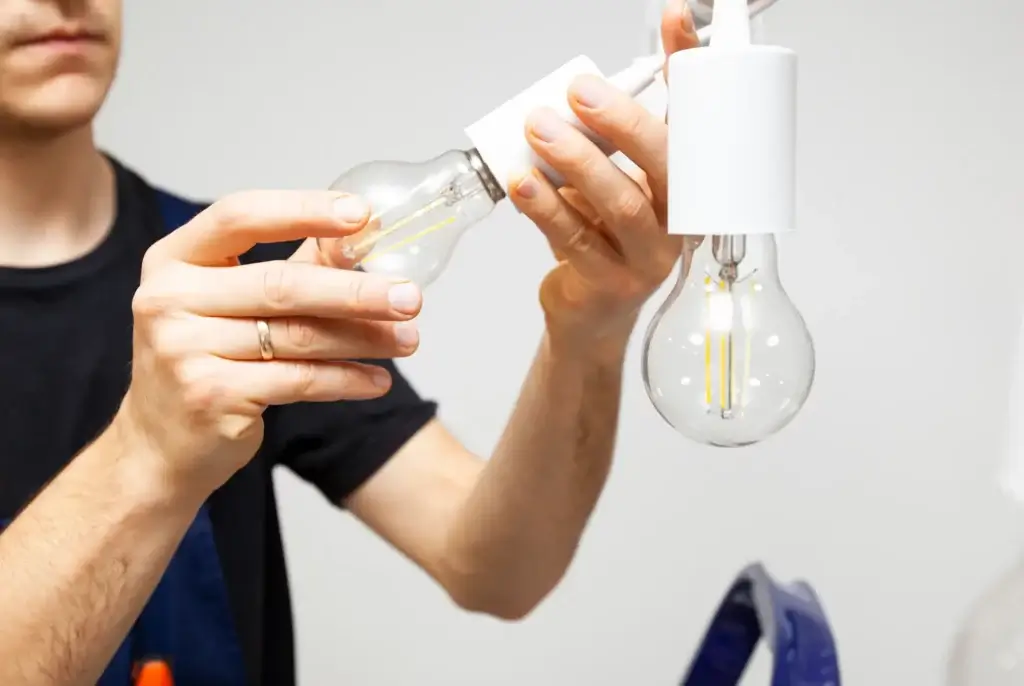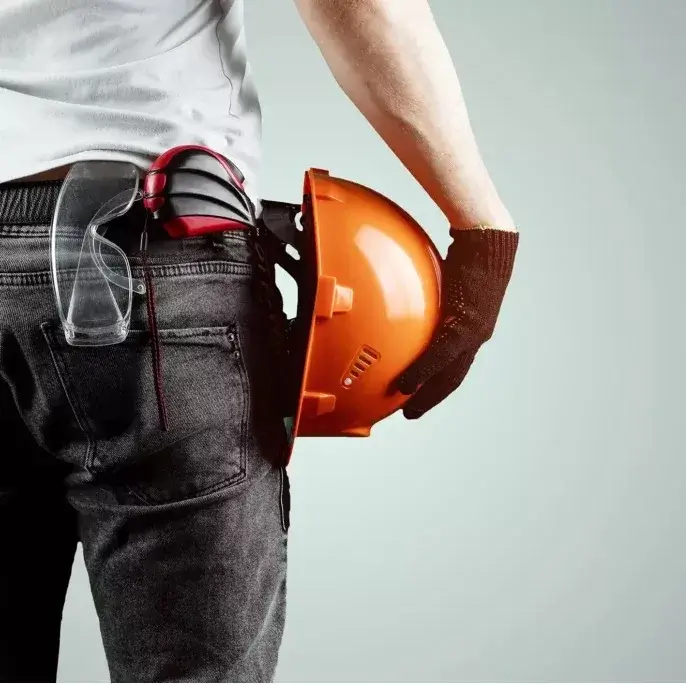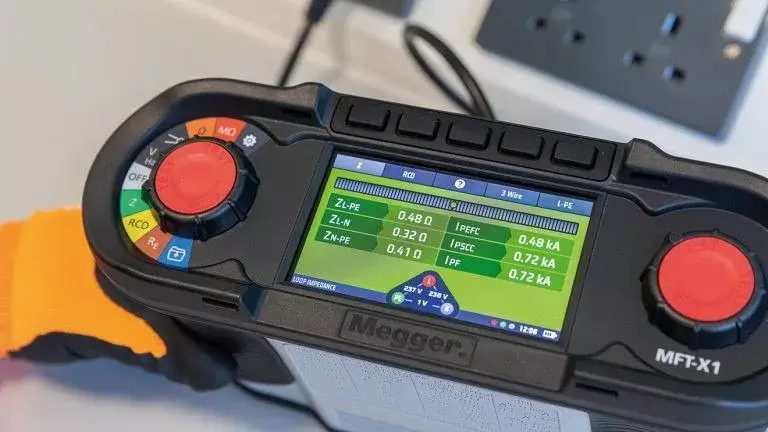- What is RJ45 ethernet wall sockets?
- Are all RJ45 ethernet sockets the same?
- Can I remove RJ45 ethernet sockets connector?
- Is RJ45 same as Ethernet port?
- What is the difference between CAT6 and Cat5 RJ45 plugs?
- How do I fix my RJ45 ethernet sockets?
- Do all Ethernet cables have RJ45 connectors?
- How to perform an ethernet socket replacement ?
What is RJ45 ethernet wall sockets?
The term RJ45 connector is typically used today to describe both male RJ45 plugs and female RJ45 sockets. The plug is sometimes called modular connector and is usually found on the end of Ethernet cables. The sockets or jacks are generally embedded in the device that is being hooked up or mounted to a fixed wall panel. Registered jacks are for telecoms network interfaces and their job is to link various types of voice and data equipment either to a central hub or directly to each other. For an RJ45 network connector to function properly, the eight Ethernet cabling wires must be inserted into the correct pinout locations on the male connector.
Are all RJ45 ethernet sockets the same?
Different types of RJ45 connectors are available, depending upon the application. Please see the following types: Standard – 8 position, 8 connection, non-shielded.
Can I remove RJ45 ethernet sockets connector?
No, in general, it is not possible to “un-crimp” an RJ-xx type connector.
Is RJ45 same as Ethernet port?
Ethernet cables come with RJ45 connectors on both ends. Because of this, an Ethernet cable is sometimes designated as an RJ45 cable.
What is the difference between CAT6 and Cat5, RJ45 plugs?
The main difference between cat5 and cat6 cables is reduced “crosstalk” and faster speeds in the transferring of data and connection.
How do I fix my RJ45 ethernet sockets?
I n case that your Ethernet port in the wall is not working, it is very likely that this happened due to a problem with the wiring. First, check the cables to ensure that they are firmly plugged into the.
Do all Ethernet cables have RJ45 connectors?
The RJ45 connector is used in nearly every Ethernet category, from Cat 1 to Cat 6 as well as Cat 8.
How to do an ethernet socket replacement ?
To wire up your own network sockets at each end of a long run of ethernet cable, you will need the following: An RJ45 keystone jack and wall plate, a punch down tool, a drum of Ethernet cable – probably either Cat5e, Cat6 or possibly even Cat6a, it will depend on your use case but we will not get into the differences in this video, a pair of snips, wire strippers, cable tester and two patch leads.
- Remove the faceplate from the wall
- Inspect the wiring and make note of the order of the wire locations
- Trim the tips of the wires at the point where they were originally connected to help assure a good connection to the new jack
- Arrange all 8 wires into their corresponding grooves based on the color coding on the label.
- Use the punch down tool to punch all 8 wires down which will splice the wires into the metal grooves,
- Test the connections at both ends of your cable run using a network cable tester to ensure everything is wired up correctly before you use it.
- Carefully insert the wiring back into the wall and screw the face plate onto the wall.
For any other
electrical services , please check our
electrical installation and wiring or our
electrical replacement pages.
